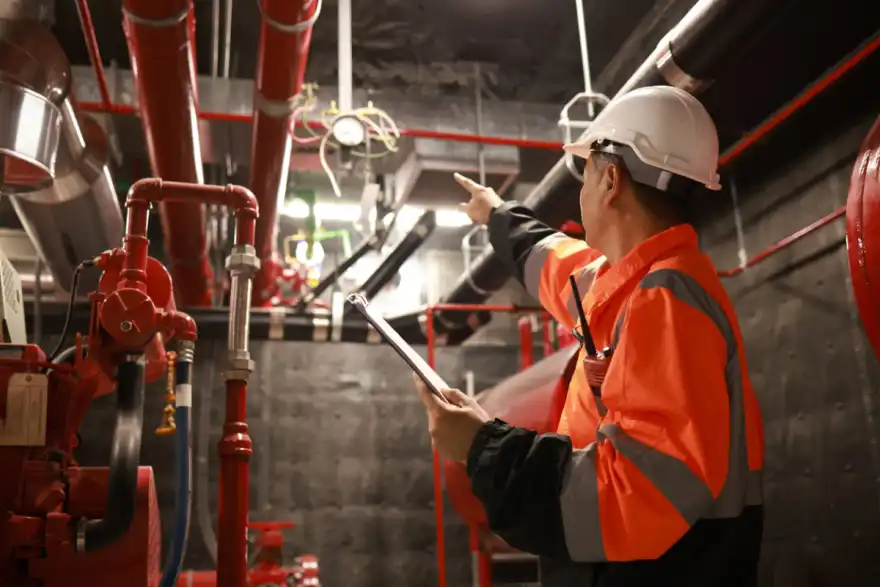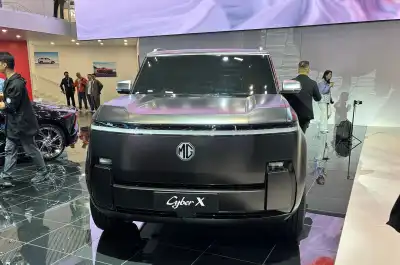
Electric cars weren’t to blame for the massive fire at Luton Airport last October. Instead, a new investigation highlights outdated building codes and the fire risks posed by plastic fuel tanks.
The report, from Bedfordshire Fire and Rescue Services (BFRS), confirms that EVs didn't cause the blaze in the Terminal 2 car park, which destroyed about 1,200 vehicles. The fire actually started with a diesel-powered Range Rover Sport that had an electrical fault or component failure.
Environmental tests around the scene found almost no traces of lithium or cobalt, key elements in EV batteries, suggesting that electric cars weren’t involved in spreading the fire. However, investigators did find evidence of "running fuel" fires—caused by the plastic fuel tanks in most modern cars. The fuel tanks, like the one in the Range Rover, are more likely to fail in the early stages of a fire, spilling fuel that quickly catches fire.
BFRS believes the fire could have been contained if the car park had a sprinkler system. Research shows that sprinklers reduce property damage by 95% in fires. Yet, multi-storey car parks in the UK still aren’t required to have them, something the fire service is now pushing to change.
The report also pointed out that BFRS didn’t update their emergency response procedures after a similar fire at Liverpool’s Kings Dock in 2017, which destroyed over 1,100 cars. While changes have now been made for Luton’s car parks, the rest of Bedfordshire’s multi-storey car parks still lack updated plans.
Finally, the report calls for a review of the government’s outdated fire safety guidelines for car parks, which incorrectly assume that good ventilation prevents fires from spreading between floors—a theory the Luton fire clearly disproved.



